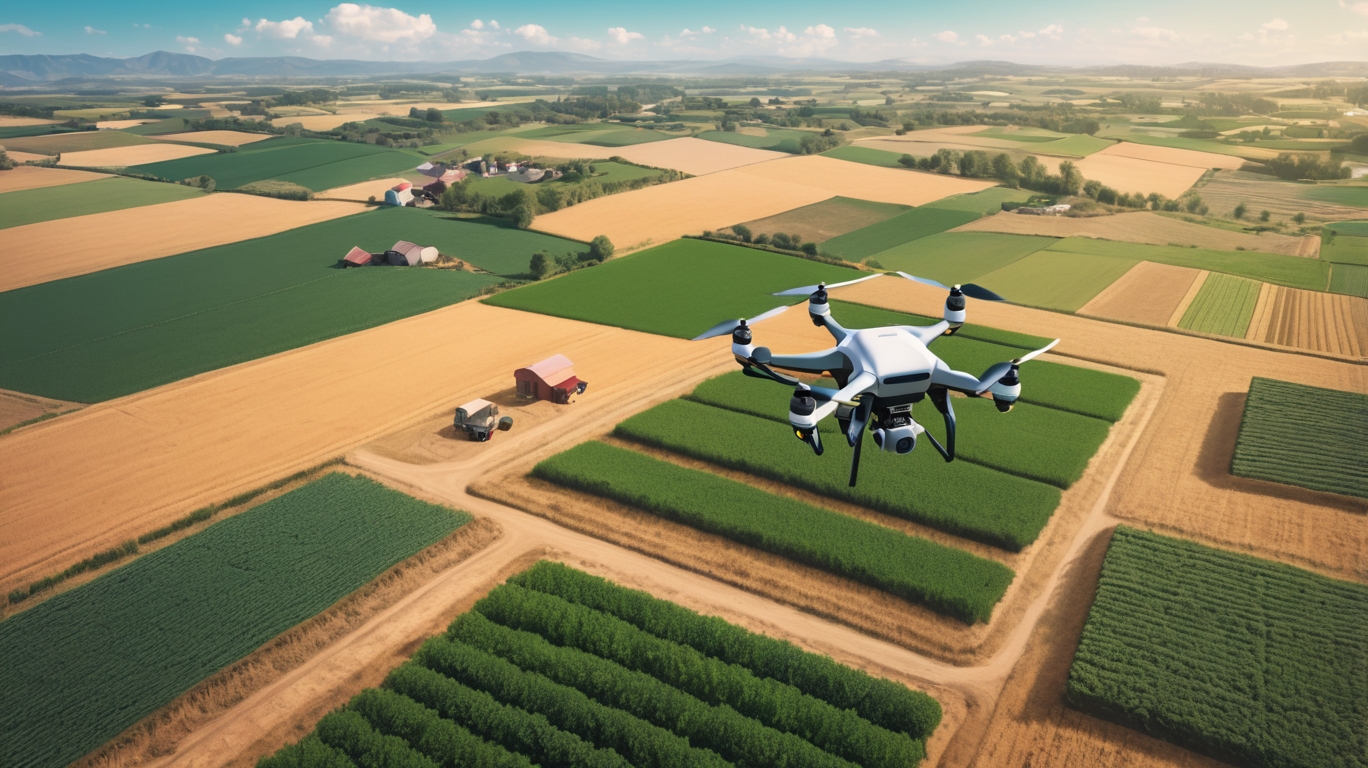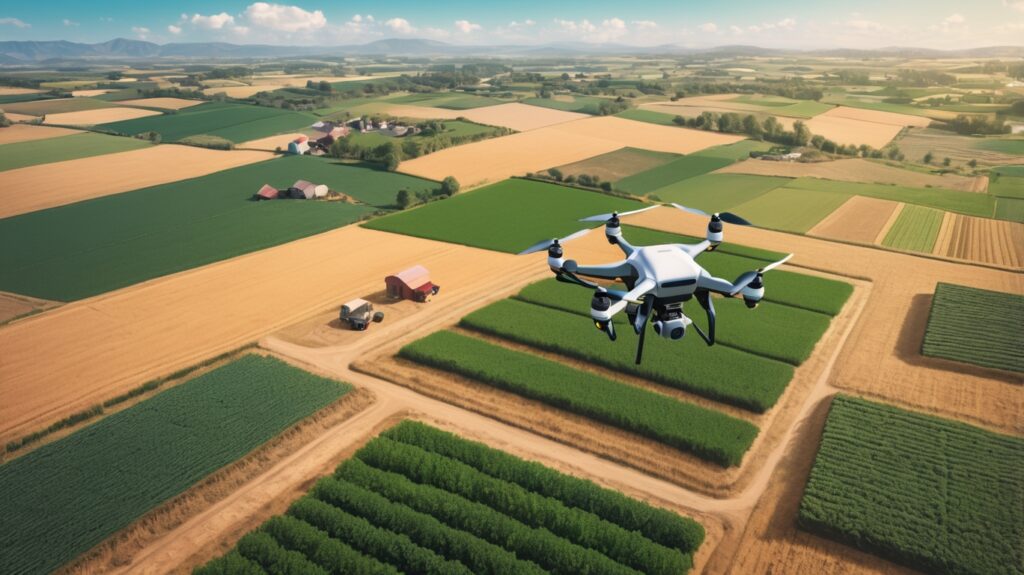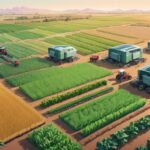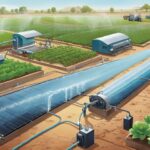The Rise of Drone Technology in Farming
In recent years, the agricultural landscape has quietly transformed, thanks to the steady integration of drone technology. What was once seen as a futuristic concept is now a practical tool, helping farmers work more efficiently, sustainably, and precisely. Drones—or unmanned aerial vehicles (UAVs)—are no longer just for photography or recreation; they have found a meaningful place in modern farming, offering solutions to age-old challenges.

A Gentle Revolution in Agriculture
Farming has always been a labor-intensive industry, requiring careful attention to crops, soil, and weather conditions. Traditionally, farmers relied on manual inspections, satellite imagery, or even guesswork to monitor their fields. But drones have introduced a new level of ease and accuracy.
Equipped with high-resolution cameras, multispectral sensors, and even thermal imaging, drones provide farmers with real-time insights into their land. They can quickly scan vast fields, identify problem areas, and gather data that would otherwise take hours—or even days—to collect on foot.
How Drones Are Making a Difference
1. Precision Crop Monitoring
Drones allow farmers to monitor crop health with remarkable detail. By capturing images in different light spectrums, they can detect early signs of disease, nutrient deficiencies, or water stress. This means farmers can address issues before they spread, reducing waste and improving yields.
2. Efficient Spraying and Seeding
Some drones are designed to carry tanks for spraying fertilizers, pesticides, or even seeds. Unlike traditional tractors, drones can navigate difficult terrain with ease, ensuring even coverage while minimizing chemical use. This not only saves time but also promotes sustainable farming practices.
3. Soil and Field Analysis
Before planting, drones can create detailed 3D maps of fields, helping farmers assess soil quality, drainage patterns, and erosion risks. This data allows for better planning, ensuring that crops are planted in the most suitable areas.
4. Livestock Management
Beyond crops, drones assist in monitoring livestock. They can quickly survey large pastures, check on animal health, and even help locate lost or injured animals—saving farmers hours of manual searching.
The Quiet Benefits
One of the most understated advantages of drone technology is its ability to reduce stress on farmers. Agriculture is unpredictable, with constant worries about weather, pests, and market fluctuations. Drones provide a sense of control by offering clear, actionable data.
Moreover, they contribute to environmental conservation. By optimizing resource use—whether water, fertilizers, or pesticides—farmers can minimize their ecological footprint while maintaining productivity.
Looking Ahead
As drone technology continues to evolve, its role in farming will only expand. Advances in artificial intelligence and automation may soon allow drones to make real-time decisions, further easing the burden on farmers.
While challenges like regulations, costs, and technical know-how remain, the benefits are undeniable. Drones are not replacing farmers; they are empowering them—giving them more time, better tools, and greater peace of mind.
In a world where efficiency and sustainability are increasingly important, the quiet rise of drone technology in farming feels like a natural, welcome progression. It’s a gentle revolution—one that promises to nurture both the land and those who tend to it.



